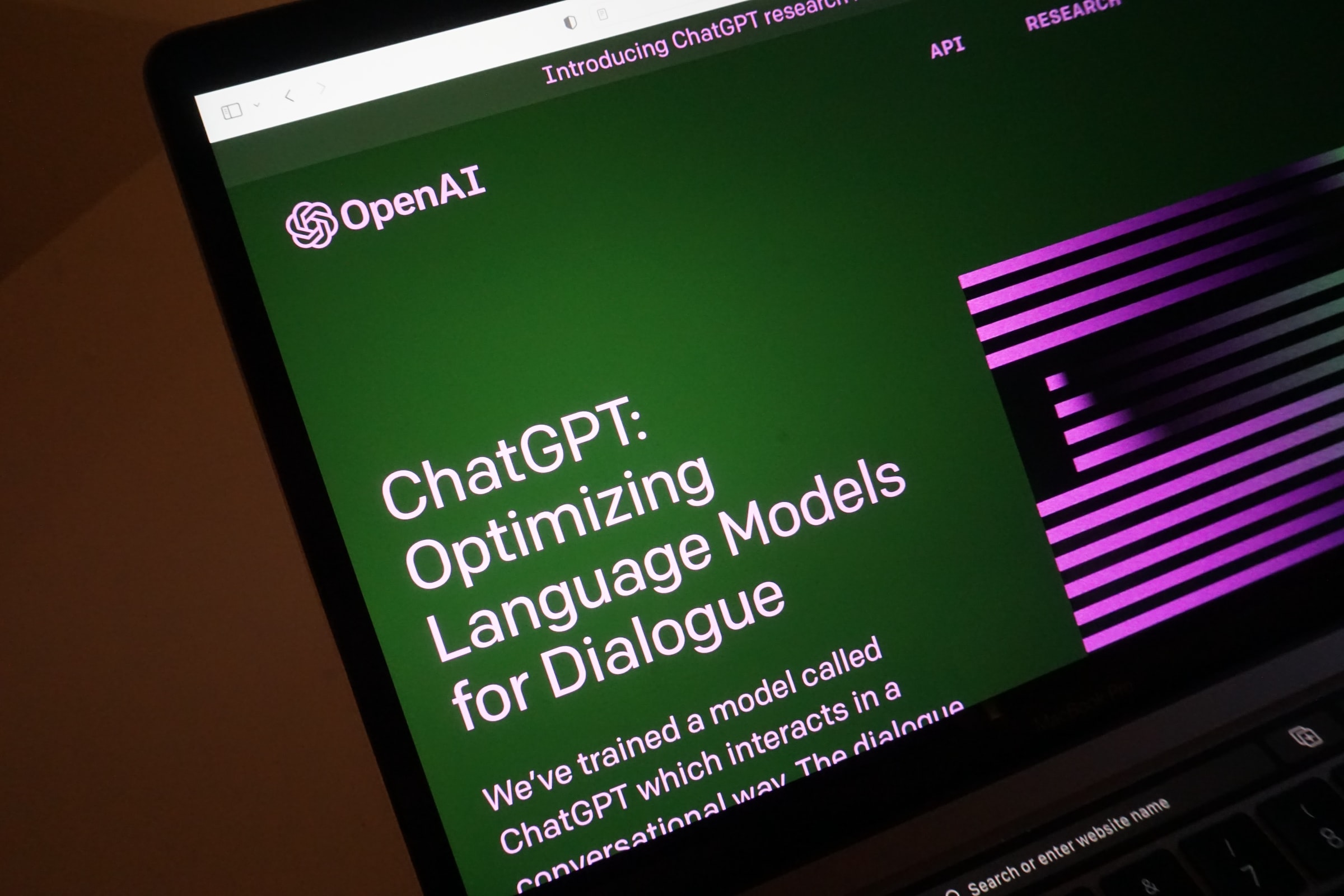With ChatGPT dominating the news and everyone’s social media feeds, activists and campaign operatives might wonder if they should incorporate ChatGPT and other Artificial Intelligence (AI) tools into their workflow. The answer is most definitely a “yes.”
The speed and relative precision of what these AIs deliver can dramatically improve your workflow by providing an excellent starting point for most writing projects.
ChatGPT is an artificial intelligence language model created by OpenAI, which understands and generates human-like responses to text-based queries. Users can ask questions or give prompts, and the AI will do its best to provide helpful and informative responses.
Activists can use ChatGPT to summarize talking points on specific policy issues or draft press releases and social media posts. Other examples include:
- Generate Press Releases
- Summarize News Articles and Policy Papers
- Draft Early Blog Posts
- Draft Social Media Posts
- Summarize the Pros/Cons of an Issue
- Provide Background Information
However, it’s important to note there are some limitations to ChatGPT’s usefulness. Specifically, its writing is more suited for generic tasks, and it may struggle to write compelling and emotional prose for advocacy or fundraising emails. The text tends to be formulaic.
Additionally, it’s crucial to double-check your work, as there is no guarantee that the AI will accurately represent your policy positions or advocacy efforts in its results. It took some finessing on my part to get suitable prose.
While ChatGPT can be a valuable tool for advocacy campaigns, it’s clear from the results so far that AI won’t replace humans any time soon.
I’m curious to know what you think. Leave a comment below!
